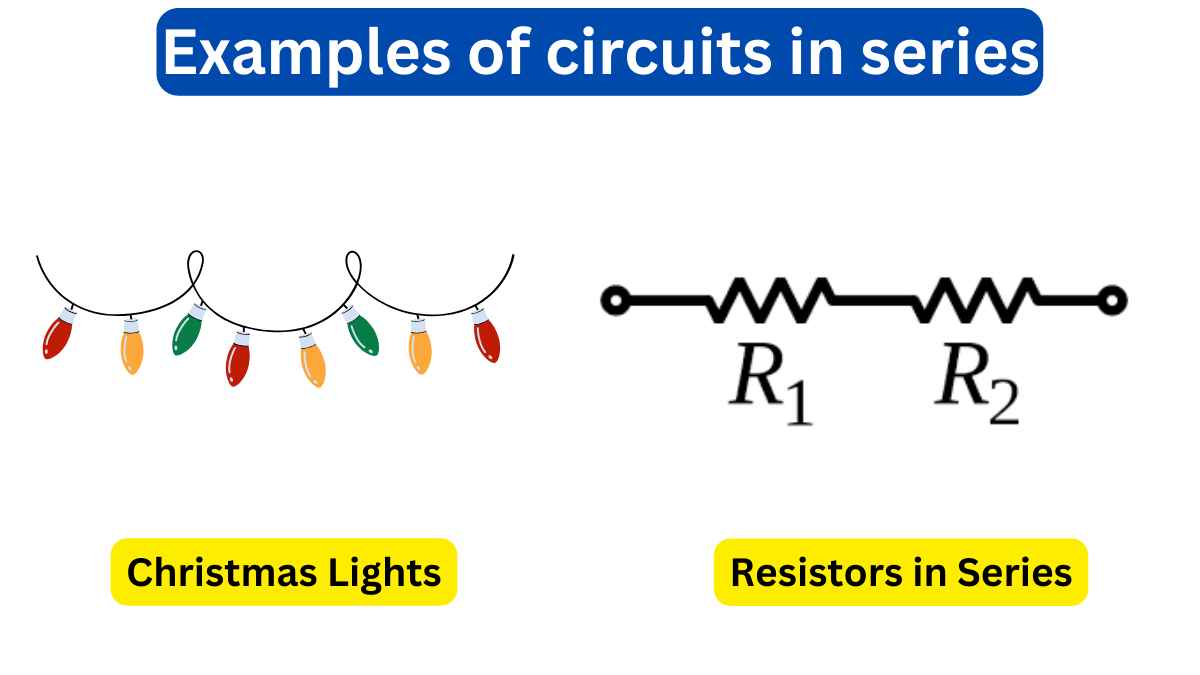10 Examples of Quantum Tunneling
Quantum tunneling is a phenomenon in which a particle can pass through a barrier or gap that is theoretically too high or wide for it to cross. Examples of quantum tunneling include Nuclear fusion in Stars and radioactive decay.
Examples of Quantum Tunneling
Here are 10 examples of quantum tunneling.

1. Nuclear Fusion in Stars
Nuclear Fusion in Stars is a very common example of quantum tunneling. In stars like the Sun, quantum tunneling allows atomic nuclei to overcome the Coulomb barrier (a repulsive force due to the positive charges of protons) and fuse together to form heavier elements. This process is crucial for the star’s energy production.
2. Radioactive Decay
Quantum tunneling is responsible for the decay of certain unstable atomic nuclei. For example in alpha decay, a nucleus emits an alpha particle (two protons and two neutrons) by tunneling through the strong nuclear force barrier that holds it together.
3. Tunnel Diodes
Tunnel diodes are semiconductor devices that exploit quantum tunneling to allow electrons to pass through a thin insulating barrier. This results in a unique voltage-current relationship that finds applications in high-frequency electronics.
4. Scanning Tunneling Microscopy
Scanning Tunneling Microscopy (STM) is a powerful technique that uses quantum tunneling to image surfaces at the atomic level. A sharp metal tip hovers just above a sample surface and the current due to tunneling electrons is measured to create detailed images of atomic arrangements.
5. Quantum Dots
Quantum dots are nanoscale semiconductor particles where the confinement of electrons leads to quantum tunneling effects. They are used in various applications, including displays, solar cells, and quantum computing.
6. Tunneling Magnetoresistance
Tunneling magnetoresistance is a phenomenon that occurs in magnetic tunnel junctions. Quantum tunneling of electrons through an insulating barrier is influenced by the relative orientation of magnetic layers, leading to changes in electrical resistance. It has applications in magnetic data storage (e.g., hard drives).
7. Fusion Reactions in Particle Accelerators
In particle accelerators, high-energy particles can undergo fusion reactions when they collide. Quantum tunneling helps particles overcome the electrostatic repulsion between them, allowing for the fusion of atomic nuclei.
8. Tunneling in Chemical Reactions
Certain chemical reactions involve quantum tunneling. For example, in enzyme-catalyzed reactions, protons or electrons can tunnel through potential energy barriers, enabling reactions to occur at lower temperatures than classical chemical kinetics would predict.
9. Tunneling in Biological Processes
Quantum tunneling is implicated in some biological processes. For instance, it is theorized that quantum tunneling may play a role in processes like photosynthesis, where electrons need to overcome energy barriers to transfer energy efficiently.
10. Tunneling in Semiconductors
In semiconductor devices like flash memory cells, electrons can tunnel through thin insulating layers to either store or erase data, depending on the charge state of the memory cell.
These examples demonstrate the far-reaching implications of quantum tunneling across various scientific disciplines, from astrophysics and nuclear physics to materials science and nanotechnology.

 written by
written by 




Leave a Reply